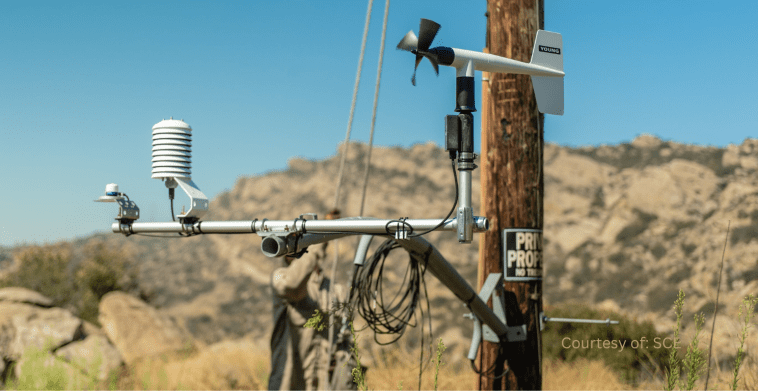
Introduction
Power outages are becoming increasingly relevant in today’s society, significantly impacting our daily lives, economic activities, and overall safety. With climate change leading to extreme weather events and an aging electrical infrastructure, understanding power outages is crucial for both individuals and communities across Canada.
Causes of Power Outages
Power outages can occur for various reasons, some of which include:
- Weather Conditions: Severe weather such as storms, heavy winds, snow, and ice can damage power lines and other infrastructure, leading to outages.
- Operational Failures: Equipment malfunctions, human error, and maintenance failures can cause unintended outages.
- High Demand: During peak usage times, such as hot summer days when air conditioning is widely used, the power grid can become overloaded.
Recent Events
In early October 2023, parts of Eastern Canada experienced significant power outages due to a powerful windstorm that uprooted trees and brought down power lines. Utilities reported over 100,000 customers without power at the height of the storm. Restoration efforts were supported by crews working non-stop as they aimed to restore power by reconnecting damaged lines and replacing broken equipment.
The Impact of Power Outages
Power outages can have detrimental effects on both individuals and businesses. In residential areas, outages disrupt daily routines, cause food spoilage, and can pose risks to residents reliant on medical devices. For businesses, particularly those in the food or critical service industries, outages can lead to significant financial losses. Furthermore, prolonged outages can affect the community at large, straining local resources and emergency services.
Preparedness and Response
To mitigate the impact of power outages, communities and individuals can take proactive measures. Emergency kits that include flashlights, non-perishable food, and batteries can sustain families during outages. Additionally, local governments are encouraged to develop response plans and invest in upgrading infrastructure to enhance resilience against outages.
Conclusion
As climate-related incidents become more frequent, understanding the dynamic nature of power outages is essential. Communities and individuals must remain prepared and informed to minimize the effects of power outages and ensure a swift recovery. The continuous improvement of infrastructures and investment in energy solutions will be vital for bolstering our resilience to power disruptions in the future.



